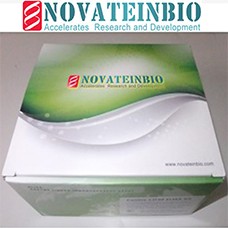×
Login Form
×
Registration
Profile Informations
Login Datas
or login
CD140
and the most common subtypes like CD140a, CD140b and CD140+
CD140a - Cluster of differentiation 140a
| CD140a Gene ID | 5156 |
|---|---|
| CD140a Official Full Name | platelet derived growth factor receptor alpha |
| CD140a Alias | PDGFRα, PDGFRA |
| CD140a Cellular Expression | Endothelial; Platelet |
| CD140a Ligand/Receptor/Association | PDGF-A, PDGF-B, PDGF-C |
| CD140a Function | Cell proliferation, differentiation and survival |
| CD140a Summary | This gene encodes a cell surface tyrosine kinase receptor for members of the platelet-derived growth factor family. These growth factors are mitogens for cells of mesenchymal origin. The identity of the growth factor bound to a receptor monomer determines whether the functional receptor is a homodimer or a heterodimer, composed of both platelet-derived growth factor receptor alpha and beta polypeptides. Studies suggest that this gene plays a role in organ development, wound healing, and tumor progression. Mutations in this gene have been associated with idiopathic hypereosinophilic syndrome, somatic and familial gastrointestinal stromal tumors, and a variety of other cancers. [provided by RefSeq, Mar 2012] |
CD140b - Cluster of differentiation 140b
| CD140b Gene ID | 5159 |
|---|---|
| CD140b Official Full Name | platelet derived growth factor receptor beta |
| CD140b Alias | PDGFRβ, PDGFRB |
| CD140b Cellular Expression | Endothelial; Platelet |
| CD140b Ligand/Receptor/Association | PDGF-B, PDGF-D |
| CD140b Function | Cell proliferation, differentiation and survival |
| CD140b Summary | This gene encodes a cell surface tyrosine kinase receptor for members of the platelet-derived growth factor family. These growth factors are mitogens for cells of mesenchymal origin. The identity of the growth factor bound to a receptor monomer determines whether the functional receptor is a homodimer or a heterodimer, composed of both platelet-derived growth factor receptor alpha and beta polypeptides. This gene is flanked on chromosome 5 by the genes for granulocyte-macrophage colony-stimulating factor and macrophage-colony stimulating factor receptor; all three genes may be implicated in the 5-q syndrome. A translocation between chromosomes 5 and 12, that fuses this gene to that of the translocation, ETV6, leukemia gene, results in chronic myeloproliferative disorder with eosinophilia. [provided by RefSeq, Jul 2008] |



